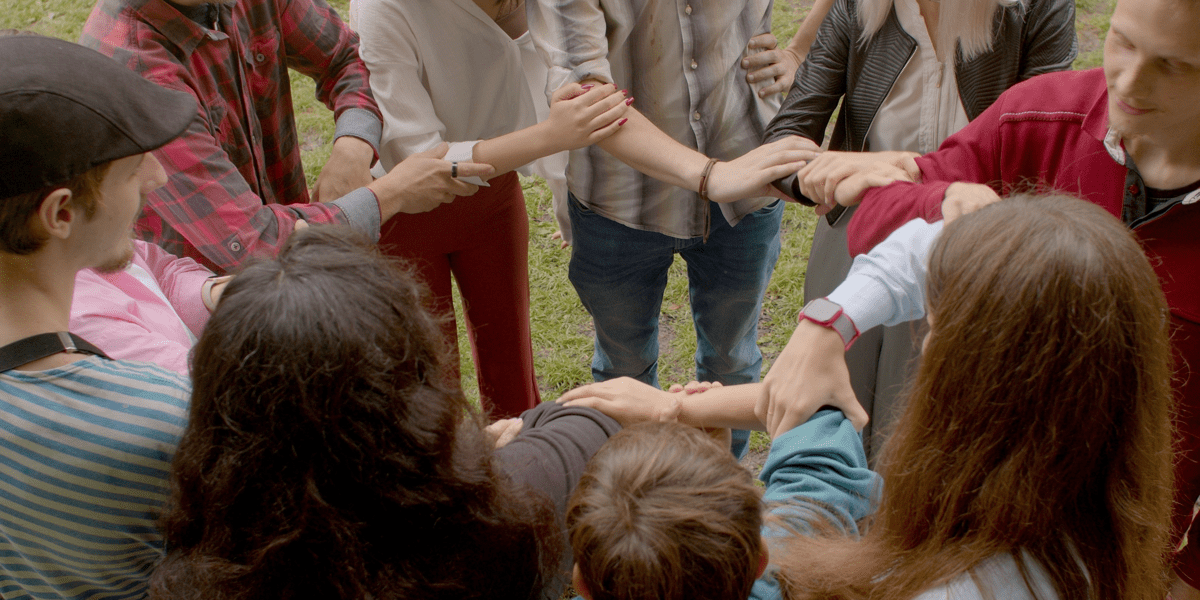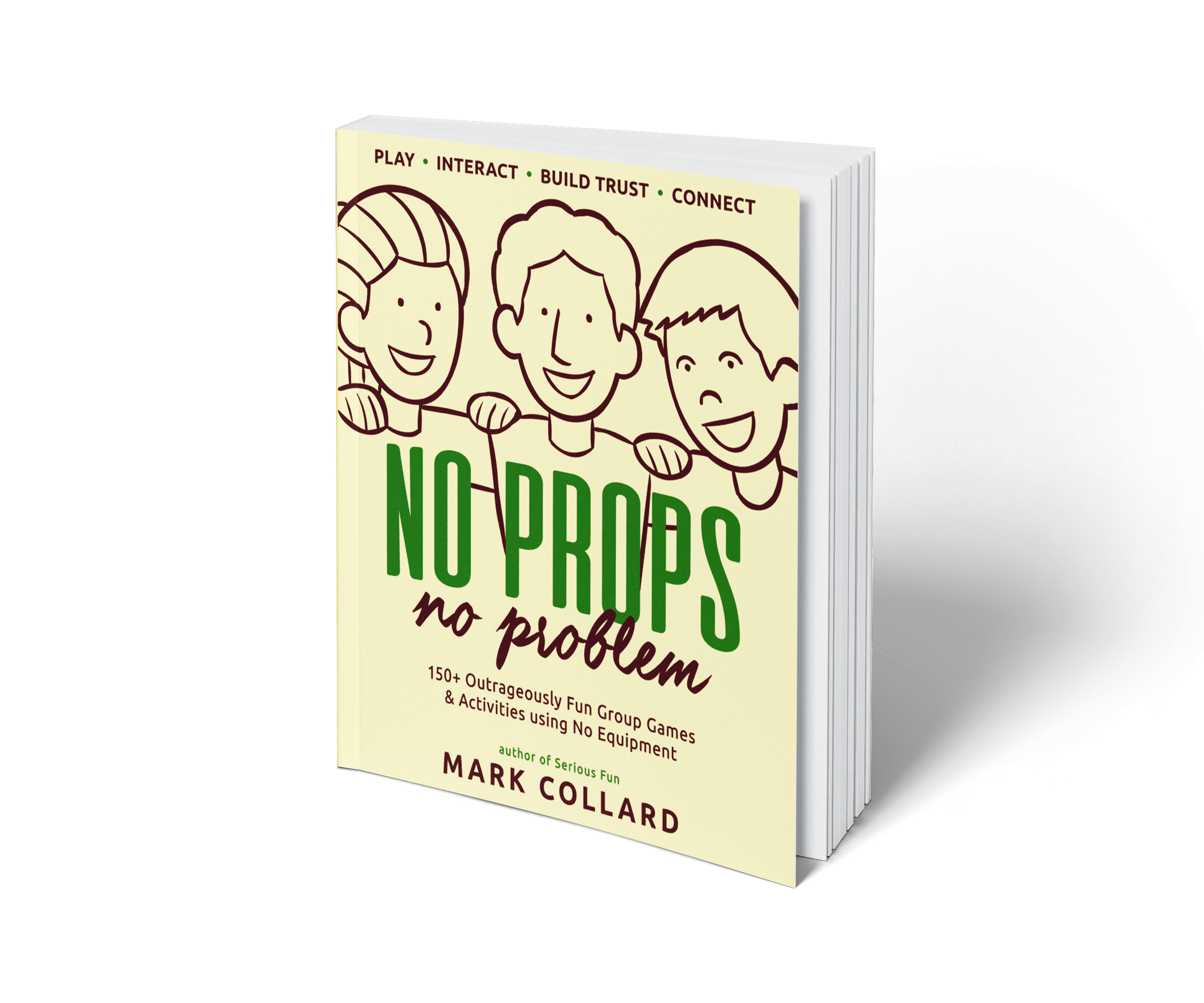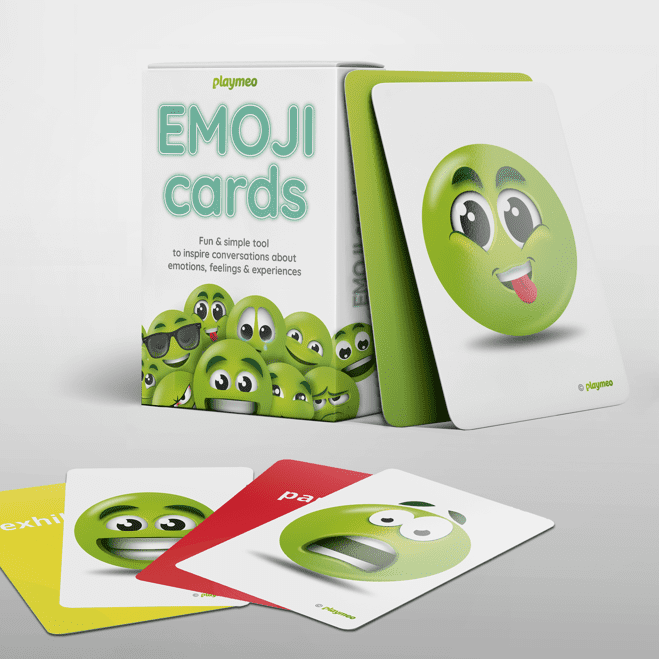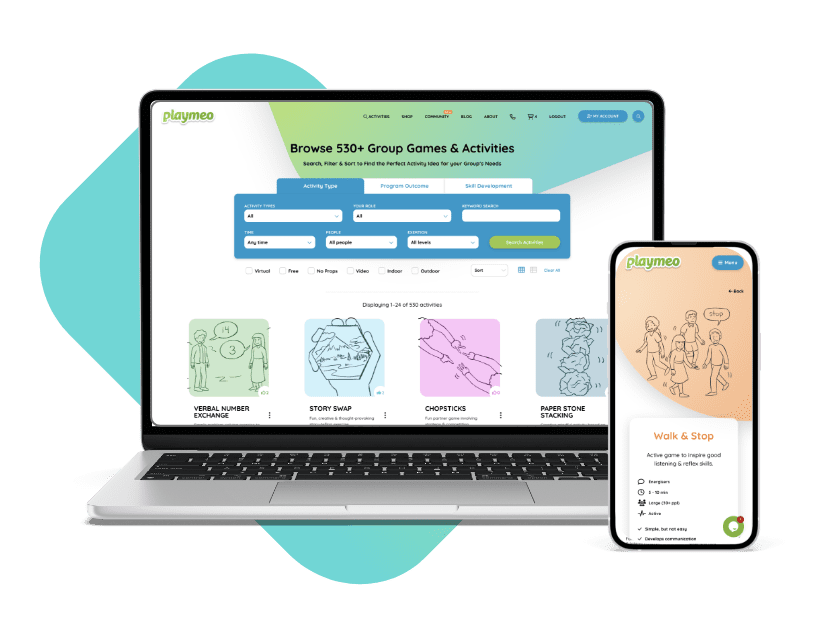The Essential Ingredients of Successful Icebreakers
Have you ever cringed at the familiar phrase, “Okay, before we get started, let’s whip around the room and everyone introduces themselves…?”
If so, you’re not alone.
Whether you’re on the delivering or receiving end, the term icebreaker often comes with an air of apprehension. Many facilitators and participants have experienced the infamous eye-rolls or groans that follow. But why is that?
Despite their name, many so-called icebreakers actually create tension rather than ease it. This happens when facilitators misunderstand what it truly means to break the ice. So, if you’ve encountered resistance or struggled to engage your group, it’s time to reassess.
In this post, I’ll share with you the five essential ingredients that make icebreakers truly effective. These insights are based on over 35 years of experience in leading programs across the globe.
Click play below or continue reading for more…



















Original post November 2024, last updated December 2024.